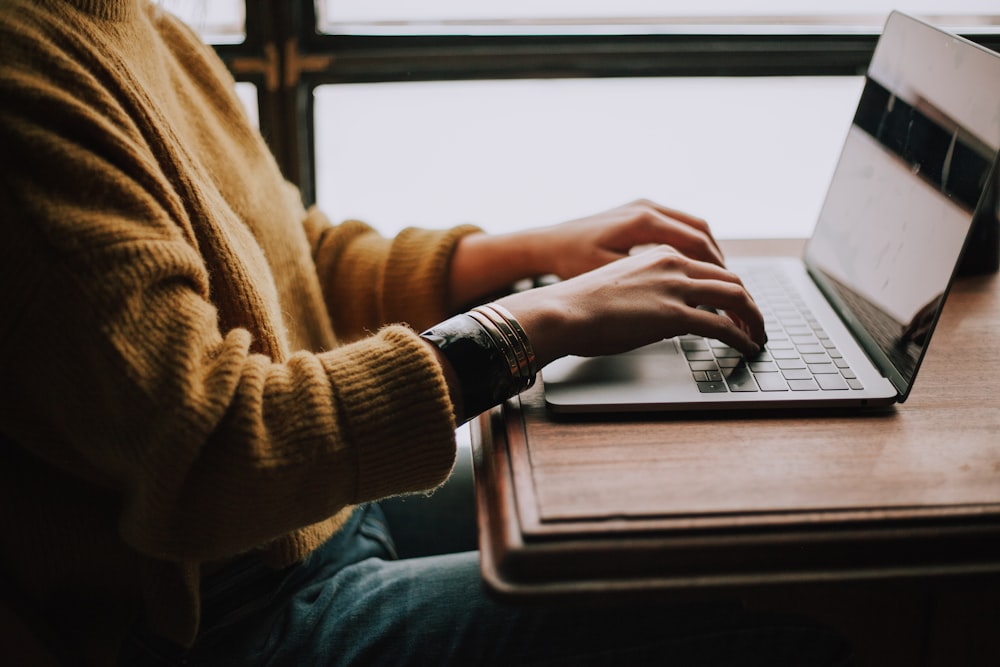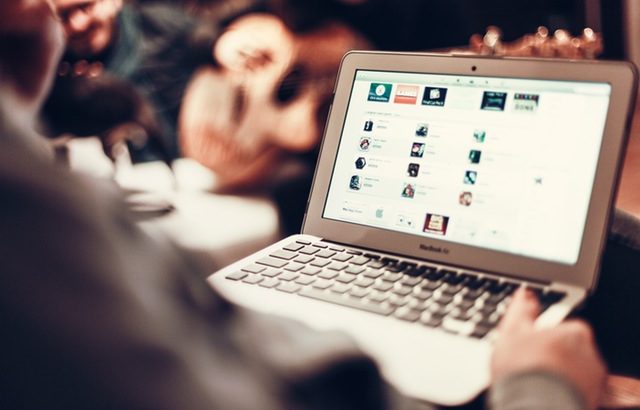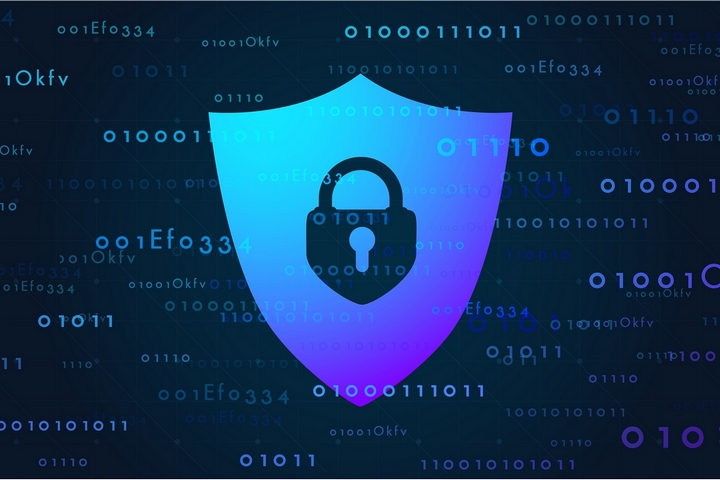Protecting yourself has never been harder, no matter whether we are talking about the online or offline world. The same way you make sure to protect your doors from unwanted people, even hiring locksmith for the purpose, you should also take care of who has the access to your computer. Since the operating system is a tool that handles the computer, and the most important component in general, it is not strange that it is a frequent target of various viruses, malware, or hackers. The control over the operating system provides not only control over the computer, but also over all the information contained therein. Malware is a term that denotes “malicious software ” and is used as the most common name that denotes malicious and dangerous programs. Therefore, this term is often used as a term that includes different categories of dangerous software: viruses, worms, or trojans. Over the course of time, and especially over the past five years, and thanks to the ever-increasing use of digital technologies, developers have developed other types of dangerous software, such as: ransomware, scareware, malicious adware, and spyware. There are a number of preventive steps you can take to help protect your computer from viruses, malware, and other threats. There are definitely many other computer protection, but here we have listed some of the most important steps you can take care of yourself. Make sure to read until the end!
- Install the anti-virus program
If you install and regularly update an anti-virus program, you will protect your computer against viruses. Anti-virus programs scan your computer and look for viruses that attempt to infect email, operating system, or files. New viruses appear each day, so regularly check for updates on the anti-virus software website.

- Do not open email attachments
Many viruses are in the attachment of emails and will begin to spread as soon as you open the attachment of an email message. We recommend that you not to open the attachments unless you are expecting an email with the attachment.

- Regularly update Windows OS
Microsoft occasionally issues special security updates that help protect your computer. These updates help prevent viruses and other attacks on the computer by closing possible security holes. Windows must have Windows Auto Update enabled to receive these updates.

- Use a firewall
A Windows Firewall or any other firewall will notify you if a suspicious activity occurs on your computer or if a virus or worm attempts to connect to a computer. A firewall can also prevent viruses, worms, and hackers from downloading potentially harmful programs onto your computer.

- Use the privacy settings of the Internet Browser
Some websites may try to use personal information for targeted advertising, fraud and, identity theft. You can prevent this from prohibiting your browser from using personal information.

- Clean the Internet cache and browsing history
Most browsers store information about the websites you visit and the information you enter, for example, name and address. While it may be useful to have these data stored on your computer, sometimes it is desirable to delete all of these data or just some of them, for the purpose of protecting yourself.





